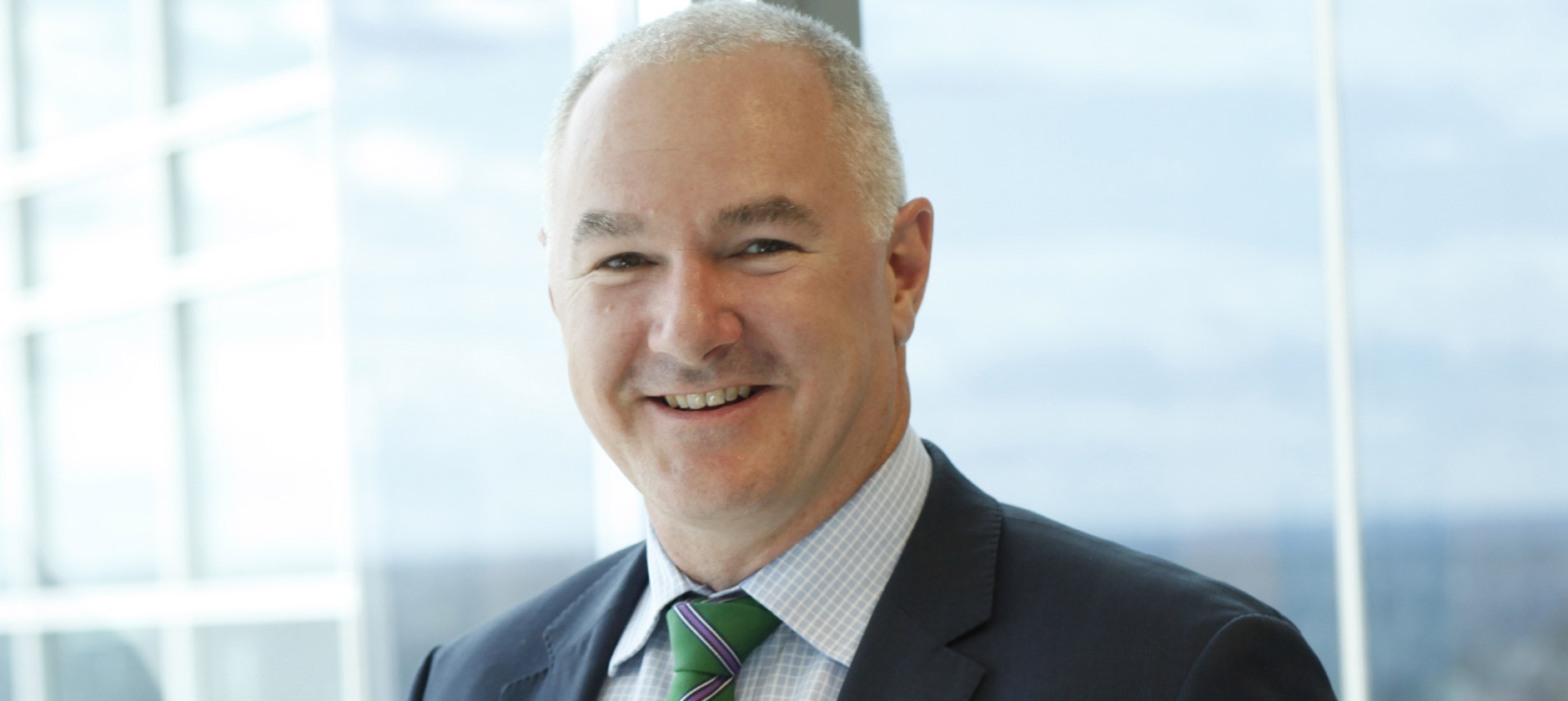The number of suburbs where it’s cheaper to buy than rent has been slashed in the past year, due to a record number of rate hikes that have outpaced skyrocketing rents.
CoreLogic’s analysis of 3,904 house and unit markets nationally found for houses, just 9.1% of suburbs were cheaper to buy than rent, down from 30.2% of suburbs this time last year. For units, just 16% of suburbs are cheaper to buy in than rent, down almost 30 percentage points (45.2%).
Houses are cheaper to rent than buy in every suburb in the ACT, Melbourne and Sydney while100% of suburbs in Hobart, Sydney, regional South Australia and regional Tasmania were cheaper to rent than buy a unit in February 2023. Several more cities and regional areas are also close to having any suburbs where it’s cheaper to buy a home than rent wiped out.
CoreLogic Research Director Tim Lawless said there was a stark difference between the number of accessible markets to buy in across all capital cities and regional areas in such a short period of time.
“Despite a double-digit surge in rents nationally, exacerbated by a shortage of rental properties, record levels of net overseas migration and more people returning to major cities for work and studies, the proportion of suburbs where it’s cheaper to rent than buy has increased exponentially in the past year,” he said.
“There is no doubt the cost to service a mortgage compared to rent is keeping people in rental accommodation, adding to the extreme pressure on rental demand at a time when supply levels have not responded.
“While many tenants might see home ownership as a way of breaking out of the rent cycle, it’s just not possible for many because the cost to service a mortgage has become even more onerous in the past year with the increase in repayments outstripping the increase in rents by some margin.”
National rents have increased 10.1% in the past year, or approximately $225 more per month, while dwelling values have declined -7.9%, taking nearly $70,000 off the median value of a home nationally. Despite the drop in housing values, the 325 basis point jump in the cash rate by February 2023 has added roughly $774 per month to mortgage repayments.
Between February 2022 and February 2023, the average variable mortgage rate for an owner occupier has risen from 2.49% to an estimated 5.23%. CoreLogic’s analysis of mortgage repayments are based on a principal loan amount of 90% of the median value (ie assuming a 10% deposit) and utilise the Reserve Bank’s average lending rates for new loans over a 30-year term, with recent months assuming the cash rate increases have been passed on in full.
Purchasing costs or ongoing fees such as maintenance or insurance have not been factored in. Rental costs are based on monthly median rental values.
Of the suburbs analysed only 434 (11.1%) markets were cheaper to buy either a house or unit than rent the same property type.
Those suburbs where it’s still cheaper to buy than rent in February 2023 are mostly located in regional areas of Australia with a skew towards mining towns and rural markets. Each of the top ten suburbs where it’s cheaper to buy than rent are located in regional Western Australia in areas associated with the mining and resources sector where rents tend to be high relative to the price of housing.
“Suburbs where it’s cheaper to buy than rent all have the same thing in common; an affordable median value. Whether it’s units or houses, more than nine out of 10 of these suburbs have a median value under $500,000,” Mr Lawless said.
“Almost 60% of these suburbs are located outside a capital city. For capital city suburbs that are cheaper to buy, more than half (52%) are located in Perth. While these suburbs might not appeal to everyone our analysis shows there are opportunities if buyers have the ability and desire to get into the market.
“These suburbs offer extreme value when compared to suburbs in Sydney, Canberra and Melbourne, where property values might have softened in recent months, but still rate among the most expensive of anywhere in the country. The downside risk, especially in mining intensive areas, is that housing markets in regions with little economic diversity can be extremely volatile in line with fluctuations in the local economic activity.”
On the flipside, suburbs where it’s far cheaper to rent than buy are skewed towards the premium end of the capital city markets and popular lifestyle markets regionally where housing values tend to be extremely high. The top ten regions where the difference between paying a mortgage and renting is the most extreme are skewed towards Sydney’s exclusive Eastern Suburbs and each of the suburbs included in the top ten list has a median house value of at least $3.2 million
